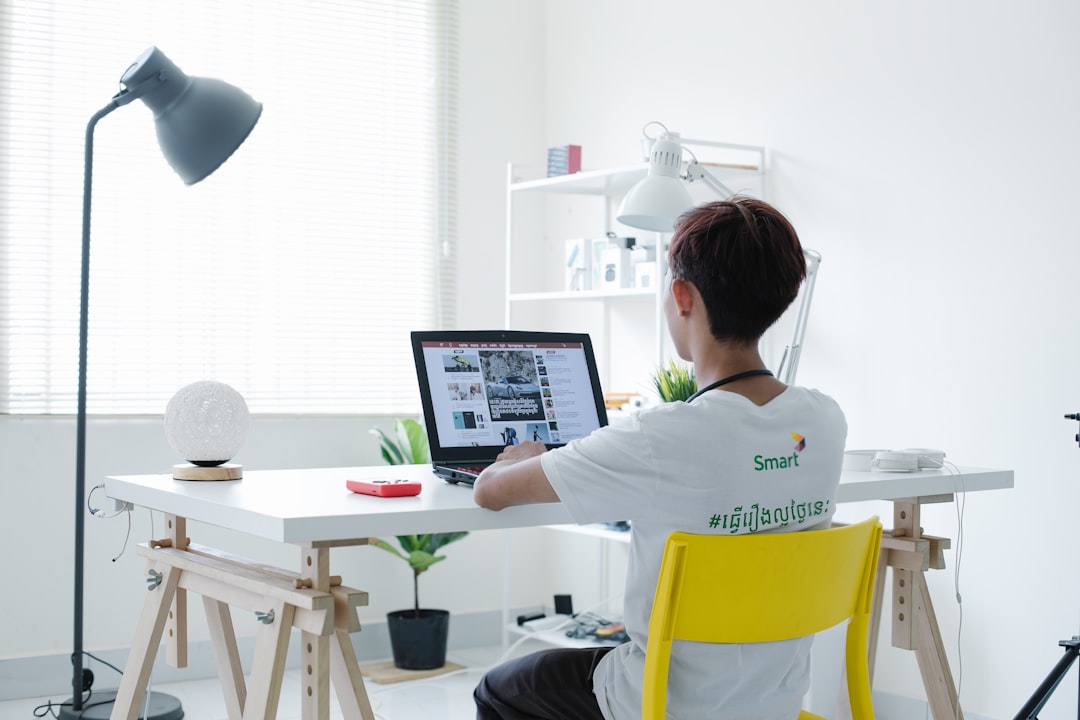Although the coronavirus pandemic has ruined many areas of the economy, one area that has benefited significantly is the work from home (WFH). WFH has been made unavoidable for many businesses and employees who still have to keep going despite the disruptions. While some employees and corporate leaders feel threatened by this, the workplace has proven to be easily manageable with modern technology. Augmented Reality (AR), Mixed Reality (MR), and Virtual Reality (VR) have shown the potential to create a real-world-like immersive communicative environment between the employers, employees, and clients. The technology can be used to conduct virtual meetings and take company tours as well as participate in virtual whiteboards. Here is a deeper look into ways in AI can help businesses to set up a WFH environment:
- Remote work management
Human resource managers carry out various tasks that ensure organizations that there is strict adherence to the legal hiring regulations and the organization’s policies. As such, the process of selecting the right candidates consumes time. However, with the advancement of technology, remote positions can be created to lighten the work of managers and employees on-site. Although critics are concerned with the ability of companies to monitor the performance and work quality of remote employees, AI and machine learning technologies will help the supervisors to monitor these aspects. These technologies provide periodic performance surveys, reviews, and accurate reports that can be used to identify areas that require improvement.
- Virtual reality will enhance collaboration
Imagine working in an environment where you are far away physically, but you feel like you are in the same office or meeting room with your colleagues. It all seems impossible, right? Virtual reality is making this happen. With just a headset and noise-canceling headphones, an employee can enter a collaborative and immersive virtual environment with others. Sensors can pick up critical aspects of humans such as body language and nonverbal communication, visible in the real world. Examples of such sensors are those found in Oculus Rift, which has more capabilities than teleconferencing platforms such as Zoom and Skype. This is precisely the reason why VR is holding lots of potential in a collaborative workspace.
- Augmented reality will add digital layers of information
Augmented Reality (AR) adds digital layers of information to the workplace’s physical environment. For companies such as those in the tourism sector, customers can visit guest rooms, pools and beaches virtually. On the other hand, the customers who want to purchase specific items are taken around virtual showrooms in an expedited immersive manner. In workplaces, AR allows employees to sit side-by-side at a virtual table with their colleagues and discuss their work as if they were together.
- Employee training with 3D modeled interaction
Mixed reality (MR) boosts the virtual training of employees through simulated hands-on experience. Since some professions such as product design, medicine, and engineering fields require intense training, mixed reality can come to the rescue. With AI-enabled mixed reality headsets, different activities can be simulated to employees during training. This can even be an improvement to the traditional training environment, which mostly entails watching videos. MR allows realistic training experience for employees without exhausting actual resources. This will cut employee training costs and allows workers to test various scenarios without damaging a thing.
In a nutshell, MR, VR, and AR present a massive potential that, if well utilized, can see the evolution of remote work from what it is today to something that we will all be proud of in the future. With the coronavirus pandemic, all companies must find alternative ways of ensuring work goes on even during disruption, and these three presents the right alternative.












